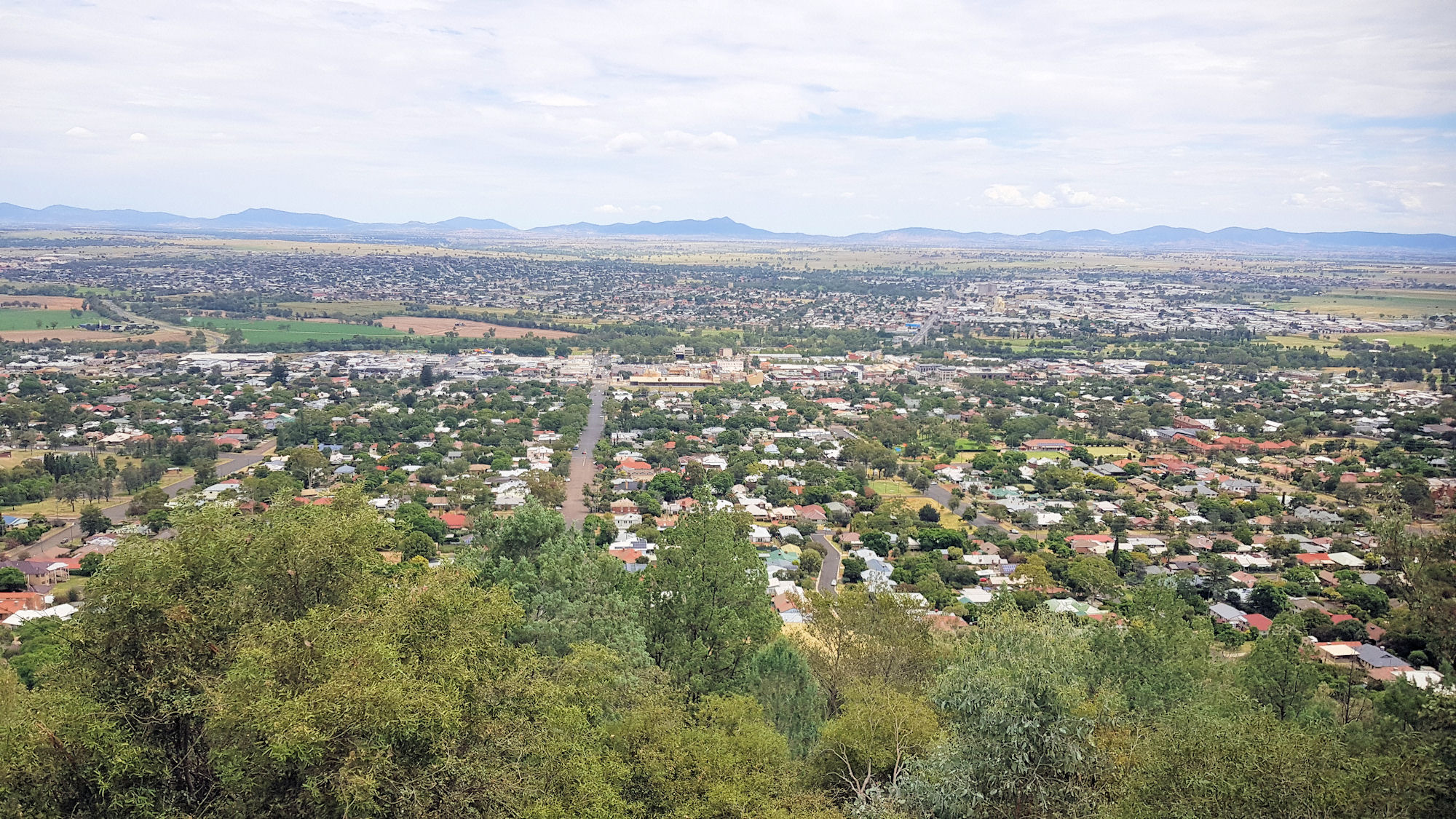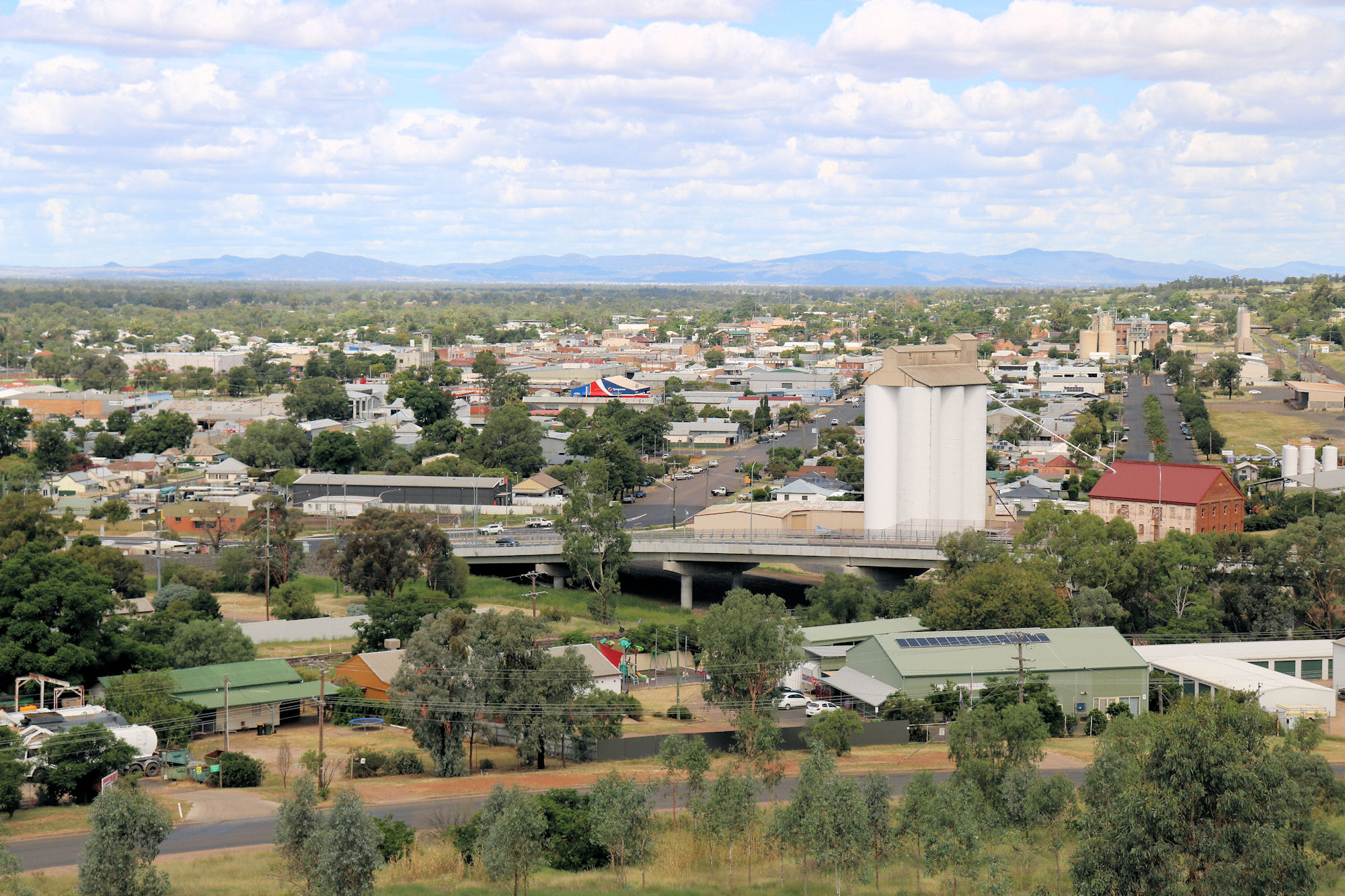Our news
-

Tamworth New South Wales
Tamworth New South Wales The country music capital of Australia, Tamworth is famous for its music festival and hall of fame. Although many of the town’s attractions associate themselves with country music, the historical buildings in the centre of town provide something else to see. Located three and a half hours north of Newcastle, Tamworth…
-

Dudley Beach Fossilised Forest
Dudley Beach Fossilised Forest In addition to being a great beach, Dudley Beach has a rock platform containing a fossilised forest which is visible at low tide. The area contains the remnants of tree branches and stumps, which are all that remains of an ancient forest. Getting There Located south of Newcastle, Dudley Beach has…
-

Gunnedah New South Wales
Gunnedah New South Wales Town History Located on the north west slopes of New South Wales, Gunnedah has a long history of habitation by the Kamilaroi people. The town’s name means Place of White Stones in the Kamilaroi language. Within 45 years Colonial settlers arrived in the area in 1833, taking advantage of the Patrick…